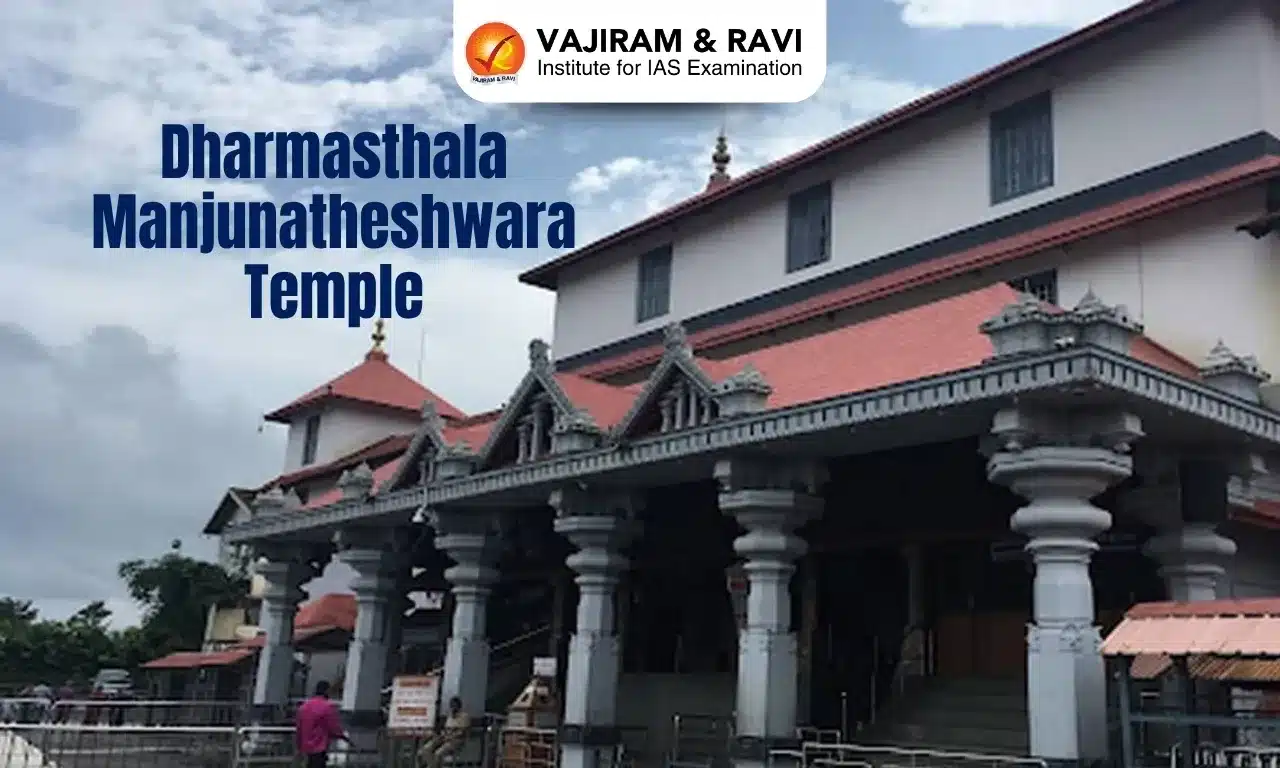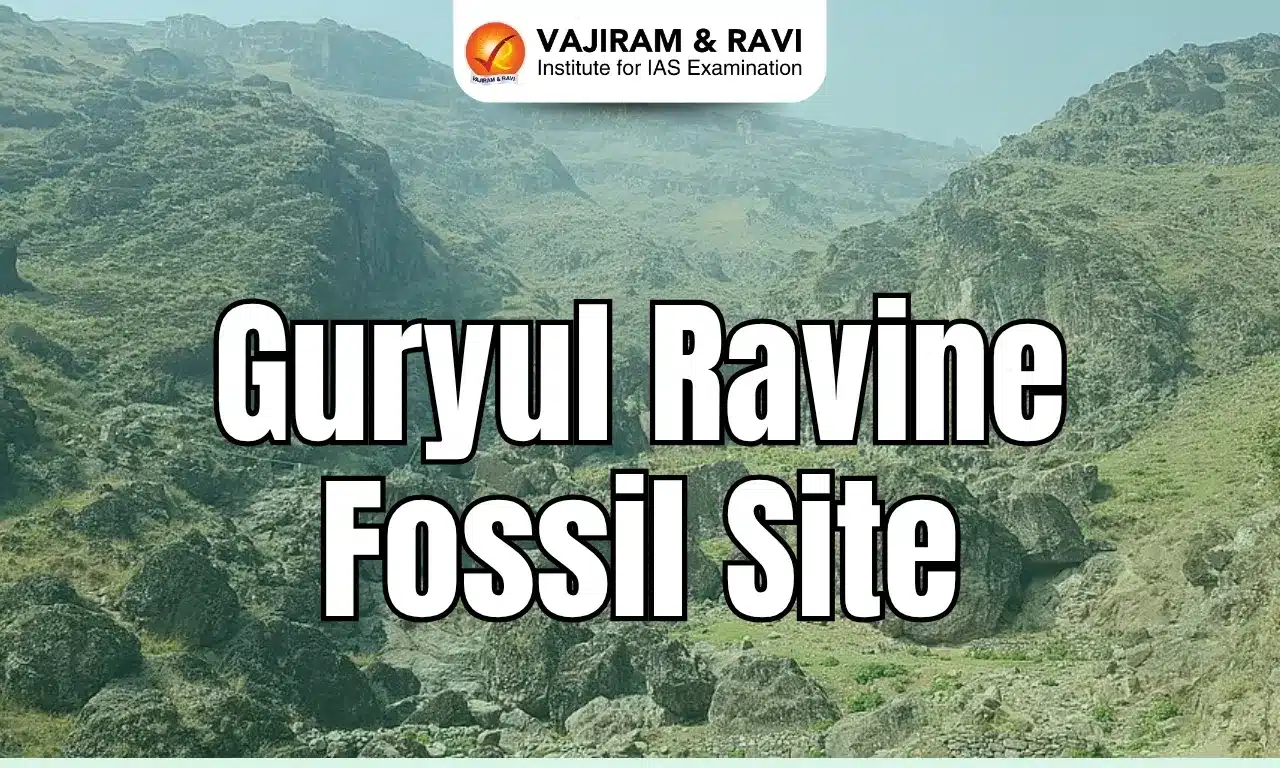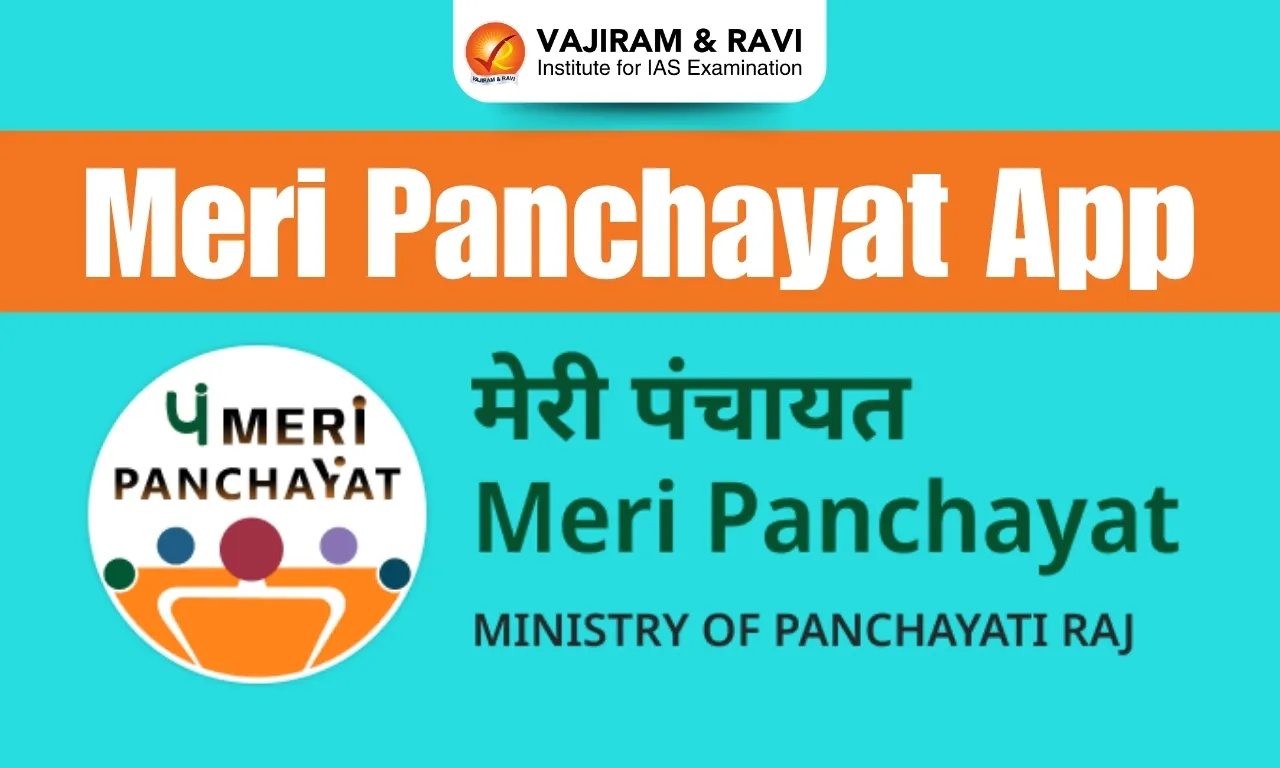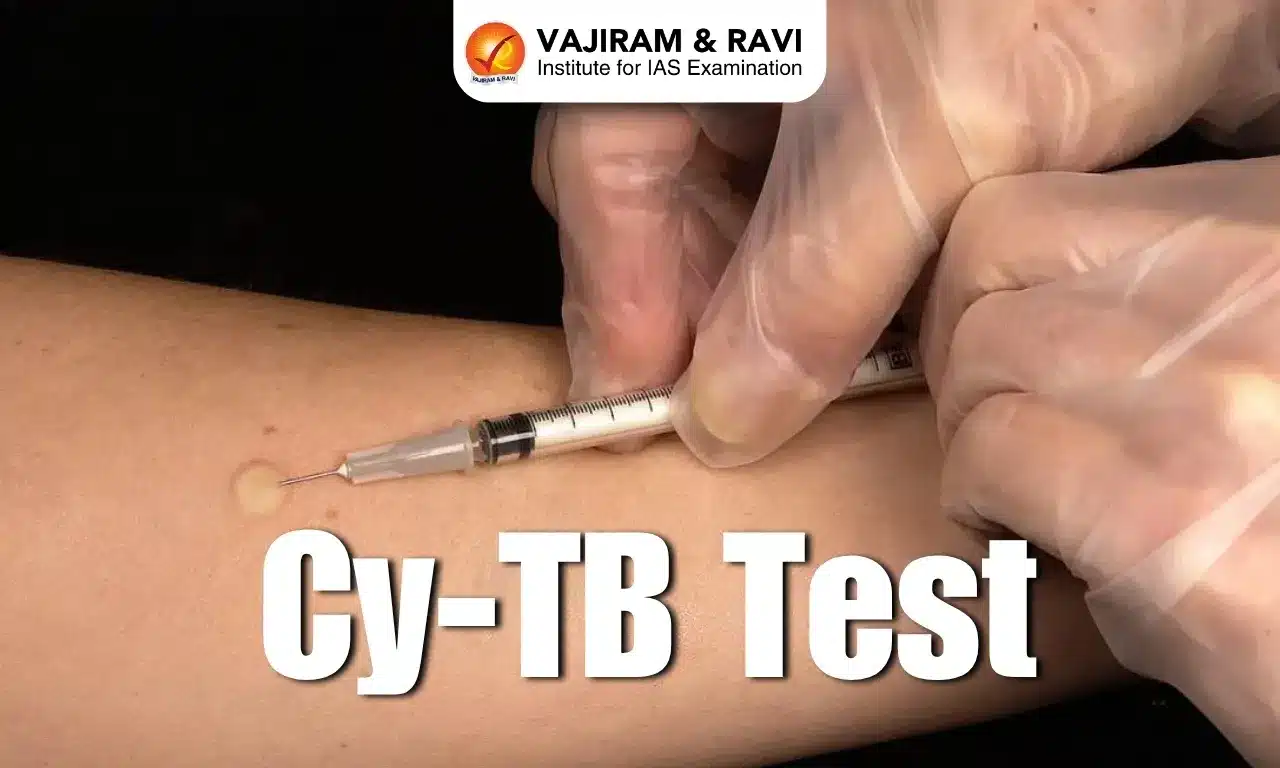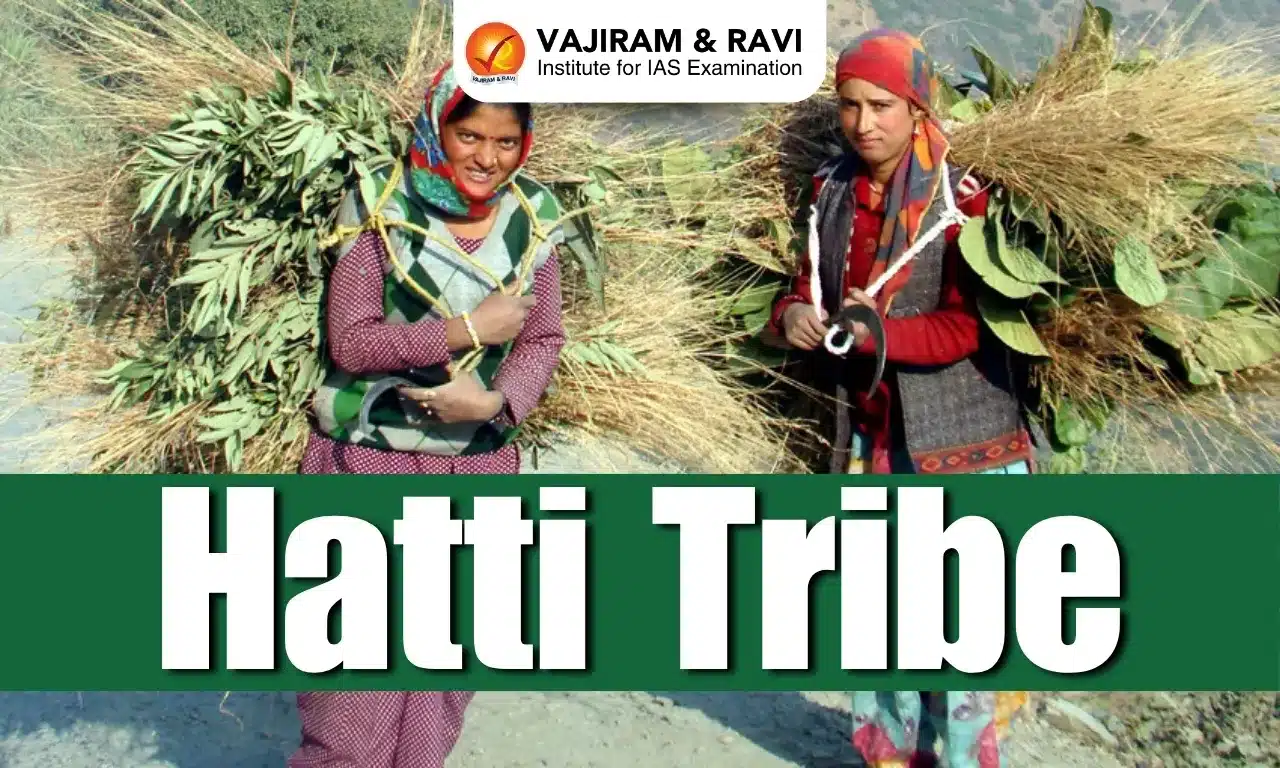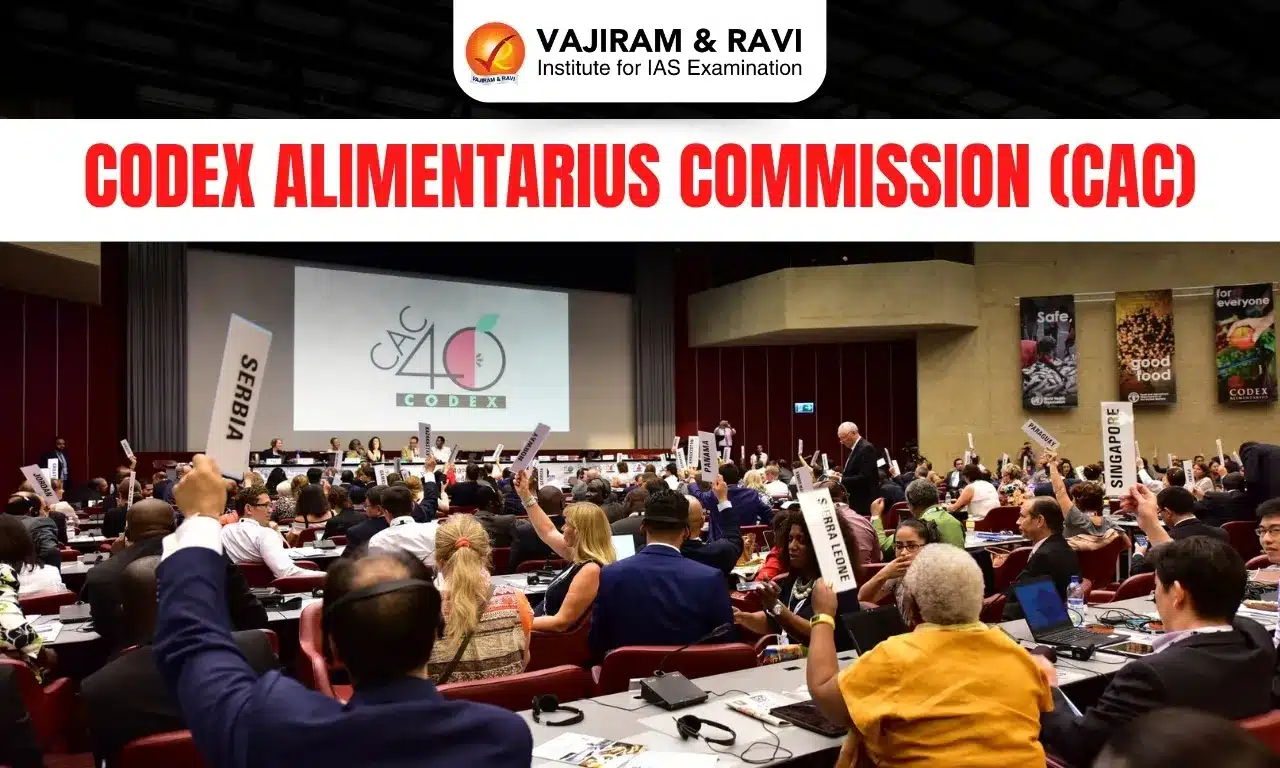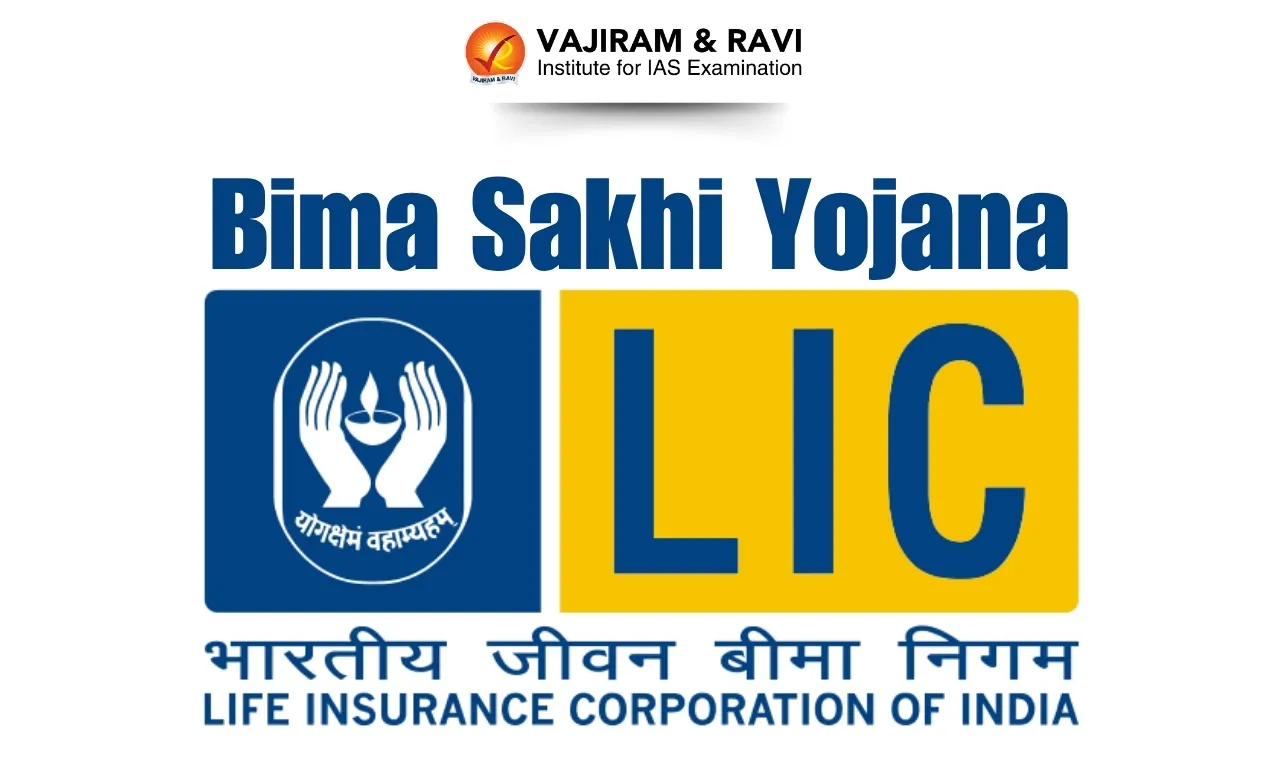Dharmasthala Manjunatheshwara Temple Latest News
The Sri Dharmasthala Manjunatheshwara Temple at Dharmasthala recently welcomed the formation of a Special Investigation Team (SIT) by the Karnataka government to probe the allegation of mass secret burial of unidentified bodies in the pilgrimage centre.
About Dharmasthala Manjunatheshwara Temple
- It is a Hindu temple located in the town of Dharmasthala in Karnataka.
- It is dedicated to Lord Shiva, who here is worshipped as Lord Manjunatha.
- The temple dates back 800 years.
- It has Madhwa Vaishnava priests and is administered by a hereditary Jain family, the Heggades.
Dharmasthala Manjunatheshwara Temple Architecture
- The temple has been built following the Kerala temple architecture.
- Kerala-style temples are different from temples in other South Indian temple architecture, and the Manjunatha Dharmasthala temple reflects this differentiation.
- Materials used in building the temple are wood, clay, stone, metals, and laterite. The base structure is made up of granite and laterite.
- The temple has a square plan, and therefore a pyramidal sloping roof.
- The wooden roof is covered in gold-plated copper plates to protect the inner skeletal framework.
- Wooden pillars support the front pavilion of the temple.
Source: IE
Dharmasthala Manjunatheshwara Temple FAQs
Q1: The Dharmasthala Manjunatheshwara Temple is located in which Indian state?
Ans: Karnataka
Q2: To which deity is the Dharmasthala Temple primarily dedicated?
Ans: Lord Shiva (as Lord Manjunatha)
Q3: Approximately how old is the Dharmasthala Manjunatheshwara Temple?
Ans: 800 years
Q4: The architecture of the Dharmasthala Manjunatheshwara Temple is influenced by which regional style?
Ans: Kerala temple architecture

